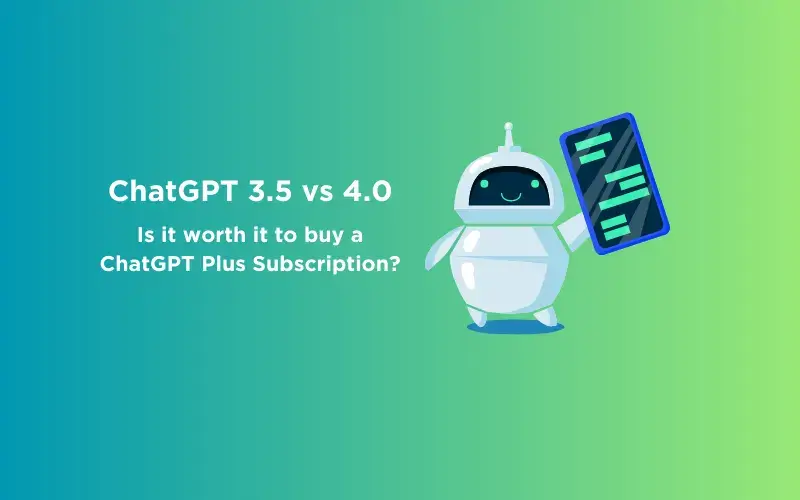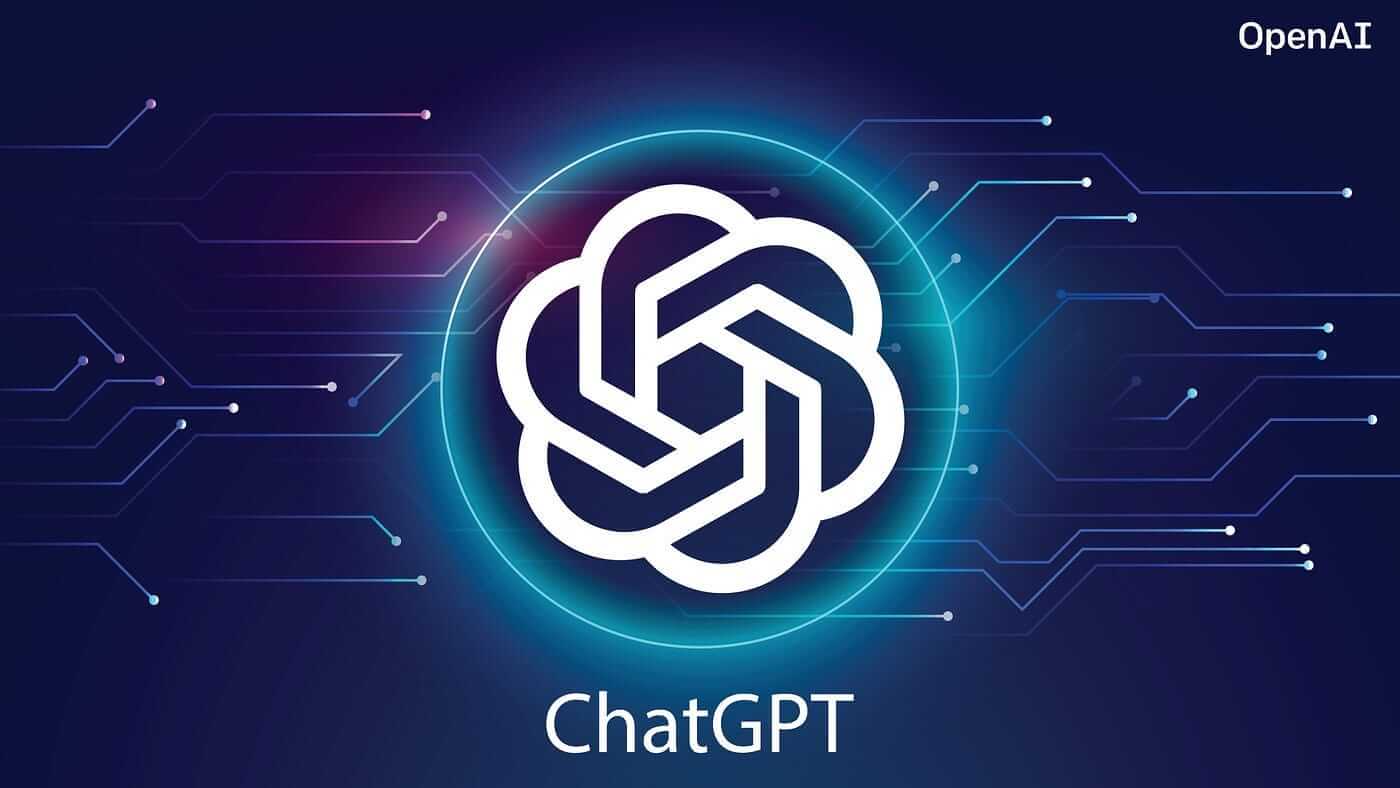The Evolution of Conversation: ChatGPT 3.5 vs. ChatGPT 4.0
The Evolution of Conversation: ChatGPT 3.5 vs. ChatGPT 4.0
The world of language models is in a constant state of flux, with groundbreaking advancements emerging seemingly every day. Two such advancements are ChatGPT 3.5 and ChatGPT 4.0, both developed by OpenAI. While ChatGPT 3.5 has established itself as a powerful tool for creative content and conversation, ChatGPT 4.0 promises to push the boundaries even further. But how do these models compare? Which one reigns supreme when it comes to language processing and engagement?
Laying the Foundation: Understanding Each Model
Before diving into their differences, let’s establish a common ground. Both ChatGPT 3.5 and 4.0 are large language models (LLMs) trained on massive datasets of text and code. This training imbues them with the ability to process information, understand context, and generate human-quality text.
Key Specifications:
- Parameters: ChatGPT 3.5 boasts 175 billion parameters, making it a formidable language processor. However, ChatGPT 4.0 takes it a step further with an astounding 1.5 trillion parameters, allowing for even more complex understanding and generation.
- Architecture: Both models utilize the transformer architecture, known for its efficiency in handling long sequences of text. However, ChatGPT 4.0 incorporates additional architectural advancements for improved performance.
- Accessibility: ChatGPT 3.5 is primarily open-source, making it more readily available for developers and researchers. While specific details remain under wraps, ChatGPT 4.0 is expected to be available through both open-source and commercial channels.
Stepping into the Arena: Key Differences and Comparisons
Now, let’s delve into the key areas where ChatGPT 3.5 and 4.0 differ:
1. Multimodality: While ChatGPT 3.5 remains solely text-based, ChatGPT 4.0 takes a giant leap forward by becoming multimodal. This means it can process and generate not just text, but also images, code, and other forms of data. This opens up a vast array of new possibilities, such as generating images based on text descriptions or translating between different programming languages.
2. Contextual Understanding: ChatGPT 3.5 has a context window of 3,000 words, allowing it to understand some past interactions. However, ChatGPT 4.0 blows this out of the water with a 25,000-word window. This enables it to maintain longer-term memory and understand even more nuanced prompts and references, leading to more coherent and relevant conversations.
3. Adaptability and Personalization: Both models can adapt their tone and style to some extent. However, ChatGPT 4.0 takes this a step further with its ability to incorporate user feedback in real-time. This allows it to fine-tune its responses based on your preferences, leading to a more personalized and engaging experience.
4. Task Versatility: Both models excel at various tasks like writing different kinds of creative content, answering questions in an informative way, and even translating languages. However, ChatGPT 4.0’s multimodal capabilities and improved understanding make it potentially more versatile, allowing it to tackle even more complex tasks and projects.
5. Accessibility and Transparency: While both models are expected to be available through various channels, specific details regarding access and pricing remain unclear. It’s also important to consider the level of transparency each model offers in its decision-making processes. Both ethical and practical considerations necessitate an understanding of how these models function to ensure responsible use.
The Verdict: A Symphony of Potential, Not a Binary Choice
So, which model reigns supreme? Declaring a clear winner is not the point. Each model offers unique strengths and caters to different needs.
Choose ChatGPT 3.5 if:
- You prioritize accessibility and open-source availability.
- Your primary focus is text-based content creation and interaction.
- You are comfortable with a smaller context window and less personalization.
Choose ChatGPT 4.0 if:
- You seek cutting-edge multimodal capabilities and broader data processing.
- You desire deeper contextual understanding and more nuanced conversations.
- You value real-time personalization and adaptive communication styles.
Ultimately, the “best” model depends on your specific requirements and priorities. Both ChatGPT 3.5 and 4.0 represent significant advancements in language processing, pushing the boundaries of what’s possible. As they continue to evolve, the true potential lies not in choosing one over the other, but in harnessing their combined strengths to unlock a future of richer, more meaningful human-computer interaction.
Remember, this is just the beginning. As these models and others continue to develop, the possibilities for communication, creativity, and problem-solving become increasingly boundless. The future of language models is brimming with potential, and it’s up to us to use.
Advantages of ChatGPT 3.5 and ChatGPT 4.0: A Detailed Comparison
While both ChatGPT 3.5 and 4.0 are powerful language models, they possess distinct advantages depending on your specific needs. Here’s a breakdown of their key strengths:
ChatGPT 3.5:
- Accessibility: Open-source nature makes it readily available for development and experimentation.
- Maturity: More established model with a proven track record and active community support.
- Cost-effectiveness: Open-source approach potentially minimizes costs compared to paid models.
- Proven Capabilities: Demonstrated success in generating creative text formats, answering questions, and translating languages.
- Familiarity: Large established user base can offer more readily available resources and tutorials.
ChatGPT 4.0:
- Cutting-edge Technology: Offers the latest advancements in transformer architecture and parameter size, leading to potentially superior performance.
- Multimodality: Ability to process and generate not just text, but also images, code, and other data types unlocks creative and practical possibilities.
- Deeper Contextual Understanding: Larger context window and improved processing allow for more relevant and coherent responses based on past interactions.
- Enhanced Adaptability: Personalization through real-time feedback allows for tailoring communication style and responses to individual preferences.
- Greater Versatility: Wide range of potential applications due to multimodal capabilities and advanced understanding of diverse data formats.
Additional Considerations:
- Accessibility: While details remain unclear, ChatGPT 4.0 may have paid access options besides open-source availability, impacting accessibility for certain users.
- Transparency: Both models need to address the need for transparency in their decision-making processes, ensuring responsible and ethical use.
- Complexity: As with any advanced technology, understanding and utilizing the full potential of ChatGPT 4.0 might require more technical expertise compared to ChatGPT 3.5.
Conclusion: A Future Symphony of Language
The landscape of language models is ever-evolving, and both ChatGPT 3.5 and 4.0 represent significant milestones in this journey. They are not competitors vying for a single crown, but rather individual parts of a larger symphony of potential.
ChatGPT 3.5, with its readily available nature and proven capabilities, serves as a reliable foundation for diverse tasks. Its open-source approach fosters a vibrant community and continuous exploration. Conversely, ChatGPT 4.0 stands on the cutting edge, wielding its multimodal prowess and deeper understanding to unlock new applications and push the boundaries of what’s possible.
The true power lies not in choosing one over the other, but in leveraging their combined strengths. Imagine a future where these models seamlessly collaborate, each playing its part in a grand orchestra of language processing. A future where creative content transcends text, where communication adapts to individual preferences, and where problem-solving embraces diverse data formats.

As these models continue to evolve, and others join the stage, the possibilities are boundless. It’s up to us, the users and developers, to guide this symphony towards a future where language models enhance our lives, unlock new horizons, and empower us to communicate, create, and solve problems in ways never before imagined.
Remember, the conclusion is not an ending, but rather the beginning of a new chapter in the story of language and technology. Let us embrace the potential it holds, and use it responsibly to shape a brighter future for all.







